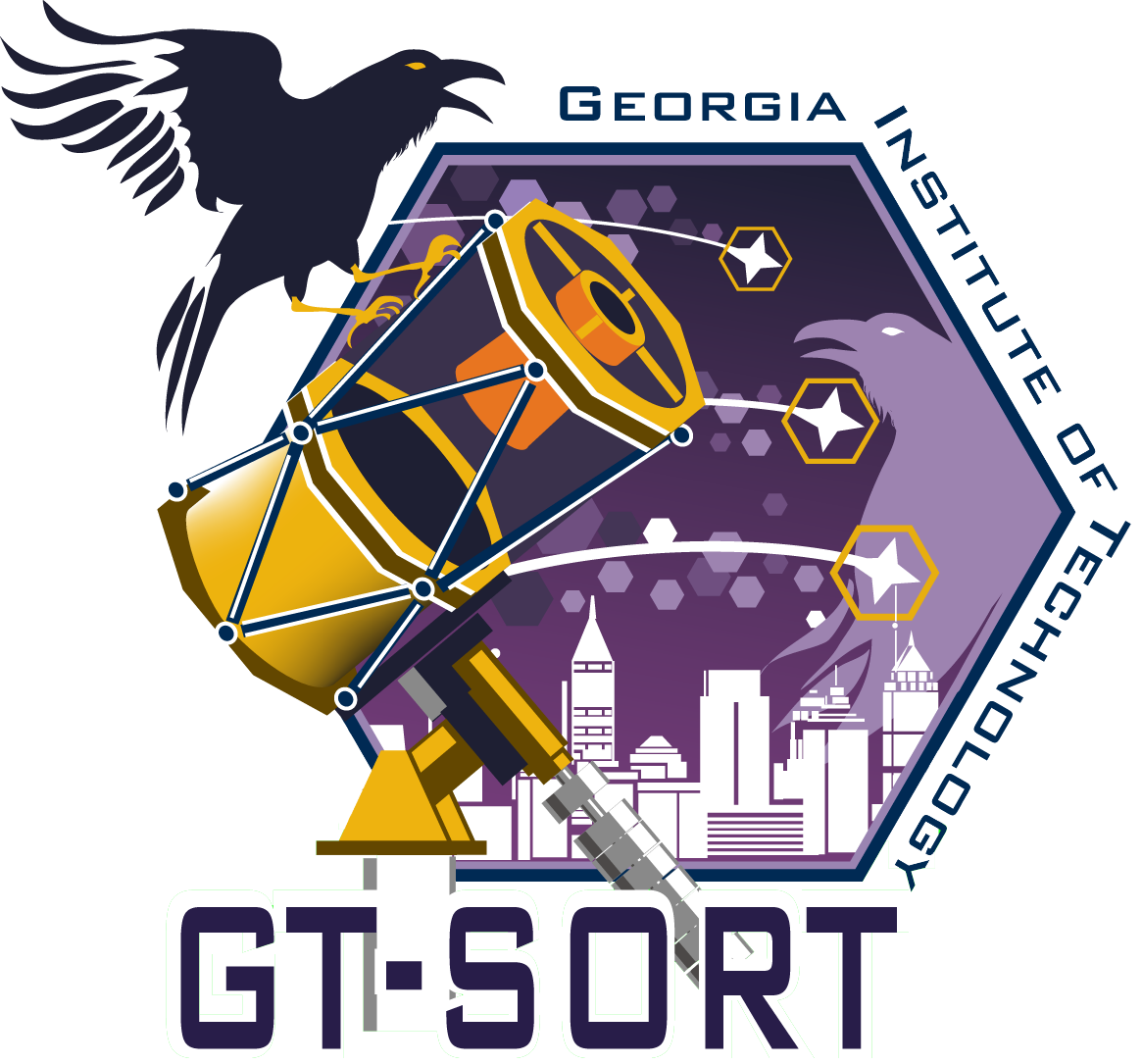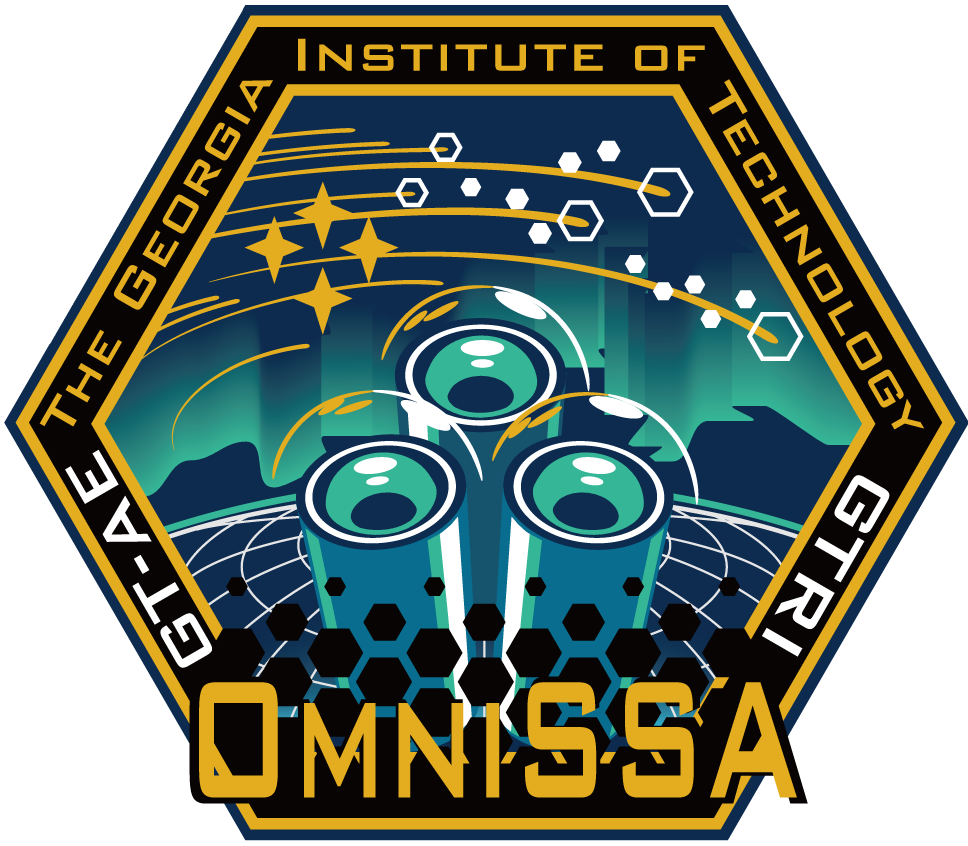
Prof. Holzinger engages in externally funded scholarly 'theory-to-hardware' research, including theoretical investigations, open-source software development, hardware system integration, and research platform operations.
Interests
- Information theory
- Dynamics & Controls
- Autonomy & Perception
Application Areas
Contact
Prof. Marcus J. Holzinger
holzinger AT gatech '.' edu
Guggenheim, Rm. 447
270 Ferst Dr.
Atlanta, GA 30332-0150
Focus Areas
- System Design & Optimization
- Flight Mechanics & Controls



